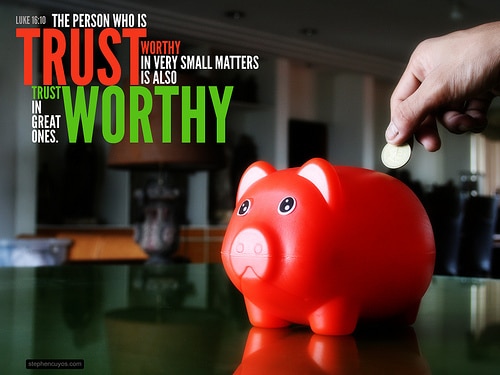 First, a caveat. Not all affiliate marketers piss me off.
First, a caveat. Not all affiliate marketers piss me off.
I’m not against anyone making money through products they endorse.
Heck, I promote the Headway theme and BlogOnCloud9 web hosting services (both affiliate links) because I believe they offer the best combination for WordPress bloggers.
But you’ll notice there’s an affiliate disclosure there, and that’s the part that pisses me off about certain affiliate marketers.
I’m seeing a lot of blog posts where affiliation isn’t disclosed. That’s bad enough, but you can always check if it’s an affiliate link by hovering your mouse over the link (and if it’s not a direct link but one with numbers and ID’s, you can usually bet that it’s an affiliate link).
Where I’m getting really annoyed is on Twitter. I see a bunch of recommendations for products that you just know are affiliate links and, true enough, if you click on the link you’ll see the affiliate URL before the normal one kicks in.
But there’s no mention of the affiliation in the tweet. Instead, it just looks like someone’s had a great experience with a brand, or they really like something and want to share it with their followers.
Fine, go for it. But you can’t disclose? Seriously? It’d take six characters to show it’s an affiliate link – (aff.). Would that really eat into your 140-character tweet limit? You have space for a ten-letter hashtag, but not the space to disclose the affiliation?
To me, that’s false advertising. You’re not disclosing your ties to the company, and that’s something the FTC was meant to be cracking down on in social media. Seems they still have a way to go.
Marketers get a bad rep from a ton of people, saying we’re only out to make a quick buck. Marketers in social media get much more stick, and we’re akin to the bubonic plague in some quarters.
But it’s no surprise when you see crap like this hidden affiliation happening.
Does $20 a sale really mean that much to you that you give up the decency to be honest?
- Update Sept 1: Looks like the Advertising Standards Authority in the U.K has been listening to 4,500 pissed off users over there. Twitter and Facebook paid links will be coming under their regulation in 2011.
Image: Fr. Stephen, MSC
Note: This blog no longer runs on the Headway framework. Instead, it’s a custom WordPress design by Lisa Kalandjian of SceneStealer Graphics.




 Two blog posts caught my eye today. The first was
Two blog posts caught my eye today. The first was 


 Marketers are savvy.
Marketers are savvy.